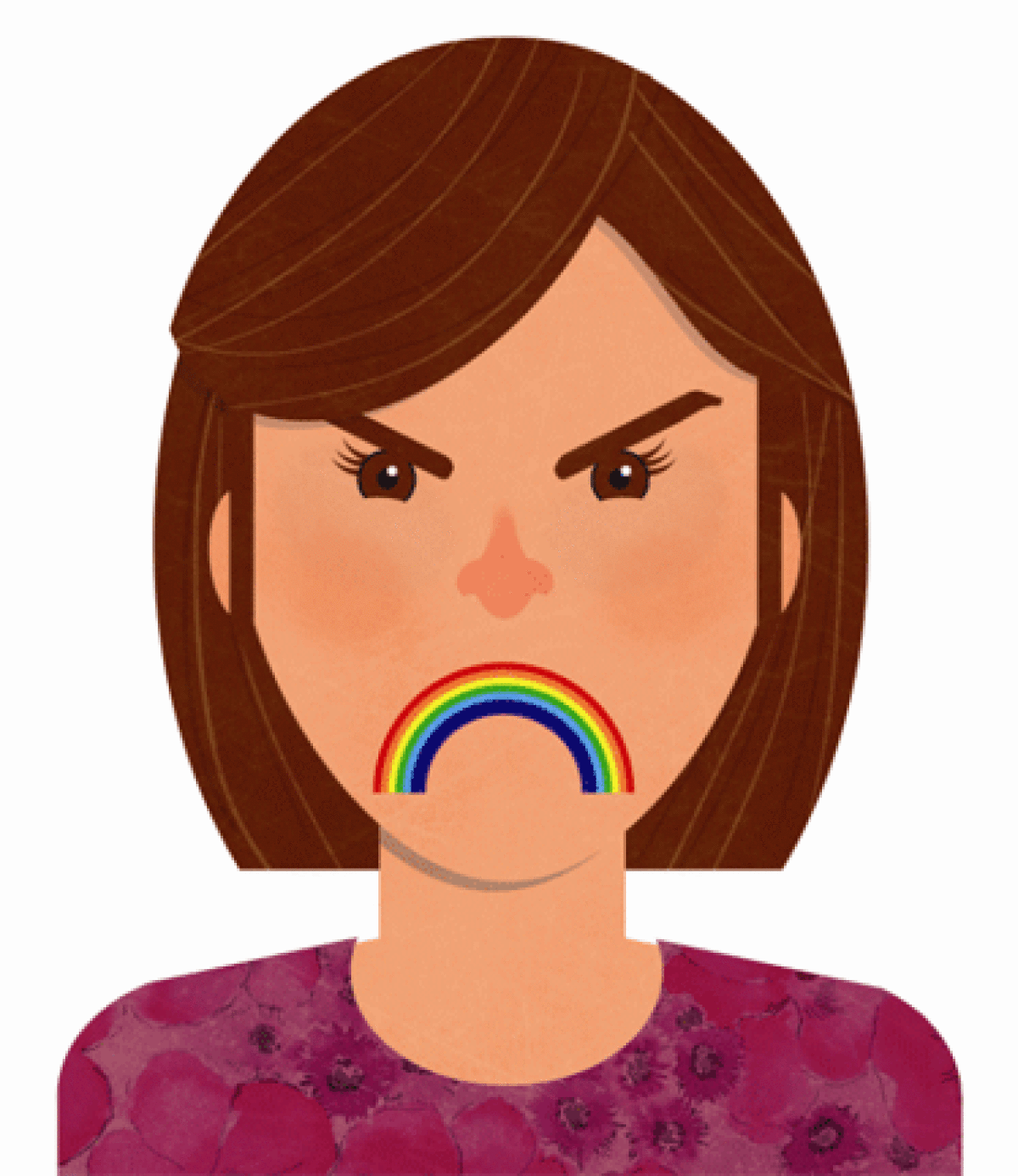A gay marriage backlash? Not likely

Court decisions sometimes spark dramatic political backlashes. Brown vs. Board of Education, which struck down school segregation laws in 1954, temporarily retarded progressive racial reform in the South and advanced the political careers of racial extremists. Furman vs. Georgia (1972), which strictly limited capital punishment, increased support for the death penalty, and Roe vs. Wade (1973) catalyzed a powerful right-to-life movement. The Massachusetts Supreme Court’s 2003 ruling in favor of marriage equality led 25 states to enact constitutional amendments barring it.
One possible outcome of the Hollingsworth vs. Perry litigation currently before the Supreme Court, which challenges California’s Proposition 8, is a broad ruling in favor of marriage equality. What sort of political backlash might such a decision ignite?
This question is not simply of abstract interest; some justices may be influenced by their views of the answer. Justice Ruth Bader Ginsburg has criticized Roe for intervening too quickly and aggressively on abortion, thereby helping to mobilize a powerful right-to-life movement. Justice Anthony M. Kennedy has frequently used the Constitution to suppress “exceptional” state practices, thereby implicitly endorsing judicial intervention where political backlash is unlikely.
TIMELINE: Gay marriage chronology
Four factors often predict whether judicial decisions will generate backlash: public opinion, relative intensity of preference, geographical segmentation of opinion, and ease of circumvention/defiance.
Unsurprisingly, only rulings that contravene public opinion tend to generate backlash. In 2003, Americans opposed gay marriage by roughly 2 to 1. Today, supporters outnumber opponents by 5 or 10 percentage points. A ruling in favor of marriage equality would generate far less backlash today than previously. Still, the nation was divided nearly down the middle when the Brown and Roe cases were decided, yet both rulings generated massive political resistance.
Backlash is more likely when opponents of a ruling care more than supporters do. In 1954, Southern whites overwhelmingly disagreed with Brown, and 40% of them regarded civil rights as the nation’s most pressing issue. Most Northern whites agreed with Brown, but only 5% of them deemed civil rights equally important. Similarly, by 2004, among the one-third of Americans who supported gay marriage, only 6% said the issue would influence their choice of political candidates. Among the two-thirds who opposed gay marriage, 34% deemed it a voting issue.
That large disparity in intensity of preference between the two sides of the issue no longer exists. Perhaps more important, even strong opponents are unlikely to find that a marriage equality ruling will directly affect their lives in the way that Brown and Roe affected opponents. In the 1950s, white Southerners committed to white supremacy thought that sending their children to school with African Americans was the end of the world. Opponents of abortion regard the procedure as murder.
Constitutionalizing gay marriage would have no analogous impact on the lives of opponents. Expanding marriage to include same-sex couples may alter the institution’s meaning for religious conservatives who believe that God created marriage to propagate the species. But that effect is abstract and long-term. The immediate effect of a marriage equality ruling would be that the gay couple already living down the street would become eligible for a marriage license — and nothing would change in the daily lives of gay-marriage opponents. That is why strong initial support for a state constitutional amendment to overturn the Massachusetts court ruling rapidly dissipated once same-sex couples began to marry.
Regional segmentation of opinion is also conducive to backlash. In the 1950s South, whites overwhelmingly opposed Brown, and blacks were still largely disenfranchised. Southern politicians thus had strong incentives to aggressively resist implementation. Arkansas Gov. Orval Faubus became invincible in his state’s politics by obstructing school desegregation in Little Rock in 1957, and George Wallace won a landslide gubernatorial victory in Alabama in 1962 by promising to stand in the schoolhouse door to preserve “Segregation Forever.”
In some states — especially in the South — opposition to same-sex marriage remains strong today. In 2004, Mississippi voters passed a constitutional amendment to bar gay marriage by 86% to 14%, and opposition there probably still exceeds 70%. Politicians in such states would surely denounce a marriage equality ruling. Significantly, though, the brief supporting gay marriage filed on behalf of more than 100 leading Republican political figures guarantees that the national Republican Party would not condemn a marriage equality ruling with a united voice.
A final factor relevant to backlash is the ease with which a court decision can be circumvented. Brown was easy to evade because, while barring racial segregation, it left pupil placement decisions in the hands of local education officials, who devised ostensibly race-neutral placement policies that kept Southern schools almost entirely segregated for another decade. Similarly, abortion opponents in state legislatures have whittled away at Roe by devising endless abortion-clinic regulations that impede access.
Circumventing a marriage equality ruling would be nearly impossible. County clerks who refused to grant marriage licenses to eligible couples would clearly be defying the law. Some might resign based on their religious convictions. Those who did not would quickly be fired for insubordination unless state officials chose to countenance their civil disobedience. Can one really imagine a state governor “standing in the courthouse door” to defy such a ruling?
Court decisions can also be nullified by intimidating beneficiaries. The threat and reality of physical violence discouraged African Americans from bringing a school desegregation suit in Mississippi for an entire decade after Brown. Similarly, violence against abortion clinics and doctors has reduced the number of abortions.
Violence against gays and lesbians is certainly not a thing of the past. Yet can one really imagine the sort of pervasive violence directed against civil rights activists in the 1960s South being used against same-sex couples seeking marriage licenses in 2013? The country is different, the issue is different, and public officials would not slyly encourage violence in the way that Govs. Wallace and Ross Barnett did after Brown.
Thus, while a broad marriage equality ruling would undoubtedly generate some backlash, its scope would be far less than that ignited by Brown or Roe. A majority of Americans would immediately endorse such a decision, and support would increase every year. Opposition would be far less intense than it was to school desegregation or abortion because the effect of same-sex marriage on others’ lives is so indirect. Some politicians would roundly condemn the ruling, though many Republicans and most Democrats would not. State officials would have no way to circumvent such a decision, nor would many same-sex couples be intimidated out of asserting their right to marry. Outright defiance is conceivable, though it seems unlikely that any state governor would be willing to go to jail for contempt of court.
The likeliest scenario, in the event of a pro-equality ruling, is immediate, strident criticism from some quarters, followed by same-sex couples marrying in states where they previously could not. Very little will change in the day-to-day lives of opponents, and the issue will quickly fade in significance.
Michael Klarman is a professor at Harvard Law School and the author of “From the Closet to the Altar: Courts, Backlash, and the Struggle for Same-Sex Marriage.”
More to Read
A cure for the common opinion
Get thought-provoking perspectives with our weekly newsletter.
You may occasionally receive promotional content from the Los Angeles Times.










